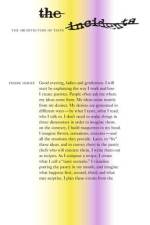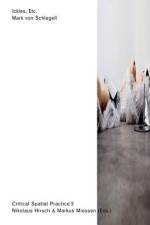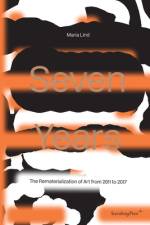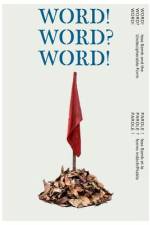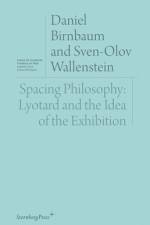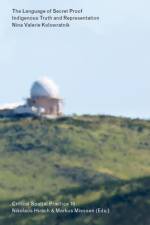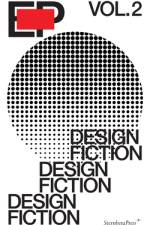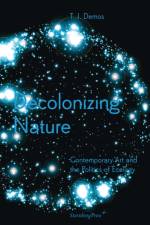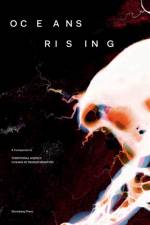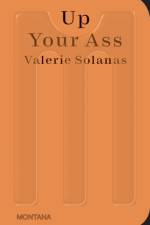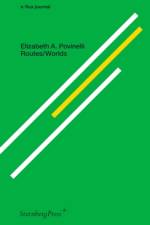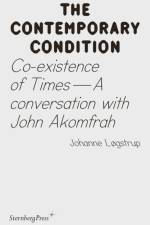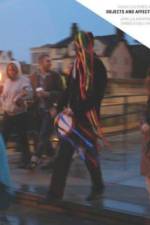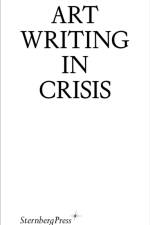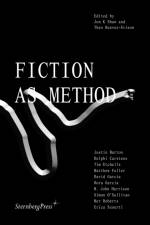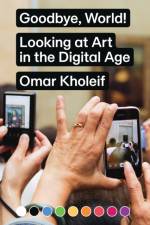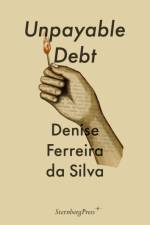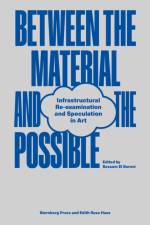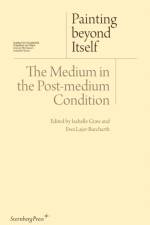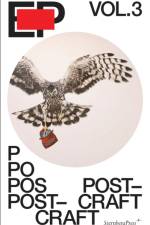av Chus Martinez
381
In essays, poems, sketches, and photographs, twenty authors challenge the exclusive human claim to intelligence. Can contemporary art's practitioners change the way we perceive nature? In The Wild Book of Inventions, twenty authors employ a variety of forms, including speculative essays, poems, pencil sketches, and photo essays, to challenge the exclusive human claim to intelligence by pointing to, or inventing, new forms of coexistence for all life-forms. Far more complex than the necessary and continuous exercise of critique, these contributions introduce new ways to experience culture. Contributors Nabil Ahmed, Armen Avanessian, Hannah Black, Kristina Buch, Tyler Coburn, Ann Cotten, Paul Feigelfeld, Fernando GarcÃa-Dory, Kenneth Goldsmith, Anke Hennig, Ingela Ihrman, Tiphanie Kim Mall, Chus MartÃnez, Momus, Ingo Niermann, Trevor Paglen, Filipa Ramos, Lin May Saeed, Emily Segal, Johannes Willi


